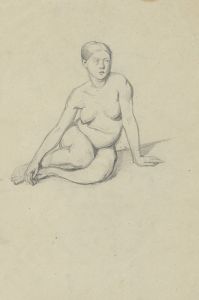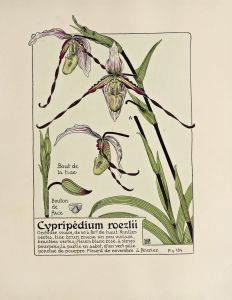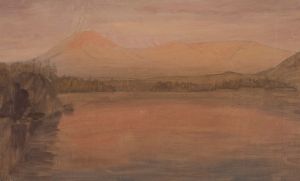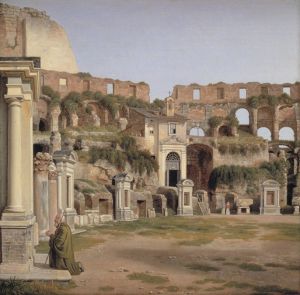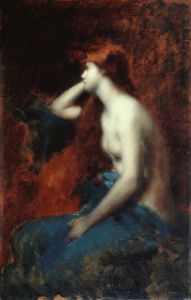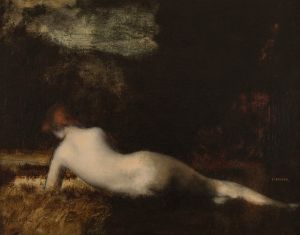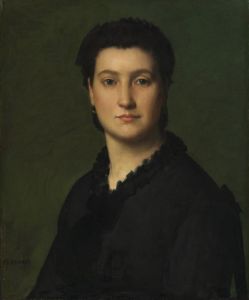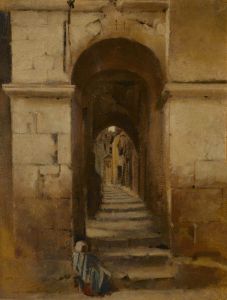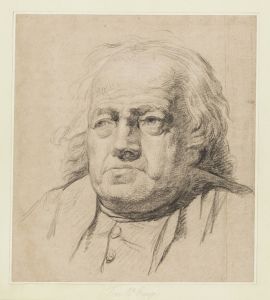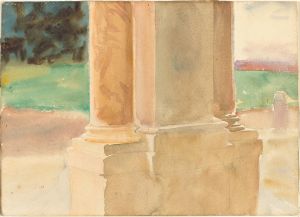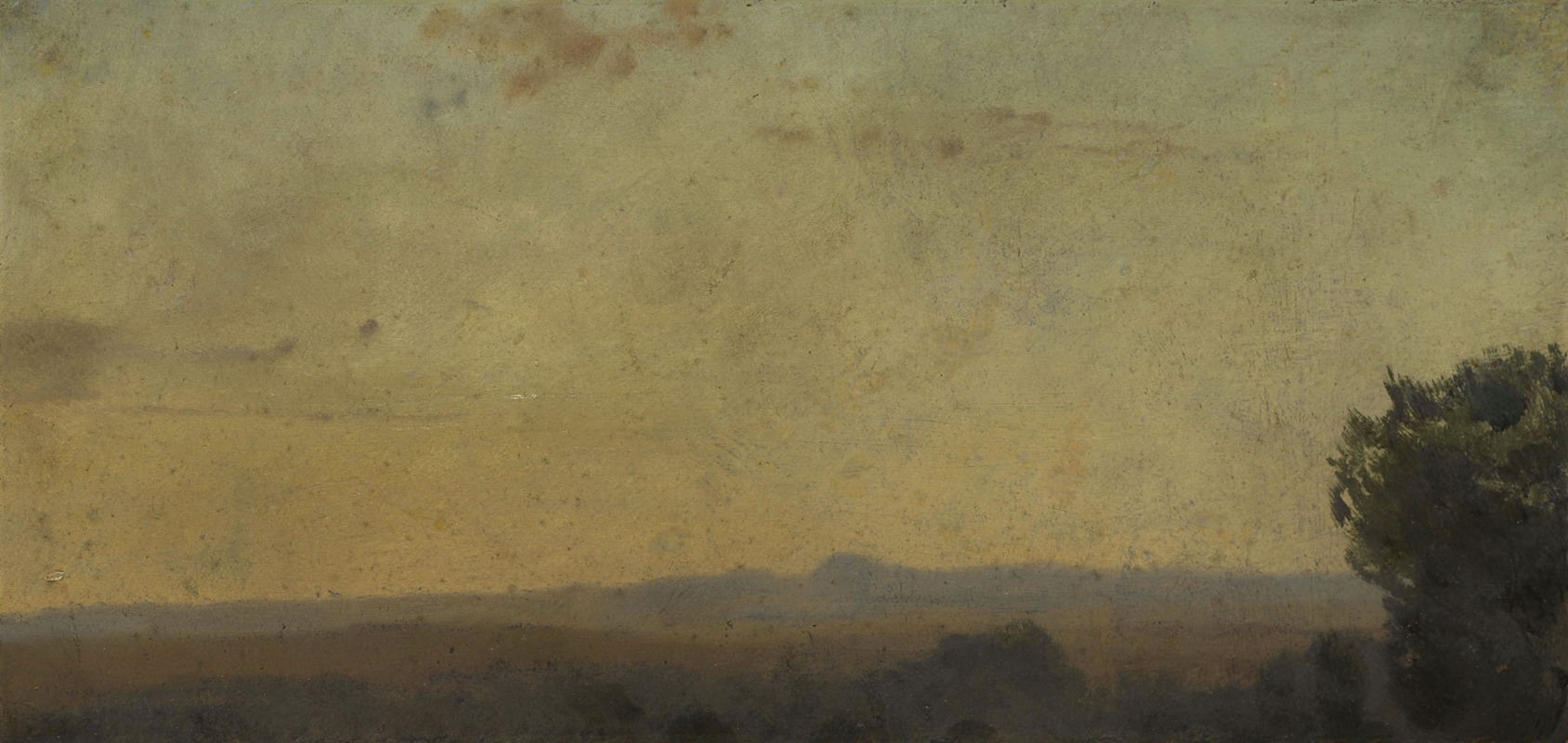
Paysage d’Italie
A hand-painted replica of Jean-Jacques Henner’s masterpiece Paysage d’Italie, meticulously crafted by professional artists to capture the true essence of the original. Each piece is created with museum-quality canvas and rare mineral pigments, carefully painted by experienced artists with delicate brushstrokes and rich, layered colors to perfectly recreate the texture of the original artwork. Unlike machine-printed reproductions, this hand-painted version brings the painting to life, infused with the artist’s emotions and skill in every stroke. Whether for personal collection or home decoration, it instantly elevates the artistic atmosphere of any space.
Jean-Jacques Henner, a notable French painter of the 19th century, is renowned for his evocative and atmospheric works, often characterized by their use of chiaroscuro and a distinctive palette. Among his oeuvre, "Paysage d’Italie" stands out as a testament to his skill in landscape painting, a genre he explored alongside his more famous portraits and nudes.
Henner was born on March 5, 1829, in Bernwiller, Alsace, France. He studied at the École des Beaux-Arts in Paris and was a student of Michel Martin Drolling and François-Édouard Picot. Henner's artistic journey was marked by his receipt of the prestigious Prix de Rome in 1858, which allowed him to study in Italy. This period had a profound influence on his work, as he was exposed to the Italian Renaissance masters and the serene landscapes of the Italian countryside.
"Paysage d’Italie" reflects Henner's deep appreciation for the Italian landscape, which he encountered during his stay at the Villa Medici in Rome. The painting captures the tranquil beauty and timeless quality of the Italian scenery, a subject that resonated with many artists of the time who were inspired by the idyllic and classical nature of Italy's vistas. Henner's landscapes often convey a sense of calm and introspection, achieved through his masterful handling of light and shadow.
The painting is characterized by its soft, muted tones and the gentle interplay of light, which creates a dreamlike atmosphere. Henner's technique often involved layering glazes to achieve a luminous effect, a method that is evident in "Paysage d’Italie." The composition typically features rolling hills, serene bodies of water, and a sky that seems to merge with the land, evoking a sense of harmony and balance. This approach not only highlights Henner's technical prowess but also his ability to convey emotion through landscape.
Henner's work, including "Paysage d’Italie," was well-received during his lifetime, and he exhibited regularly at the Salon in Paris. His landscapes, while not as widely recognized as his portraits, demonstrate his versatility and the breadth of his artistic interests. They offer a glimpse into the artist's personal connection with nature and his ability to translate that connection onto canvas.
Throughout his career, Henner remained committed to the ideals of beauty and harmony, often drawing inspiration from classical themes and the natural world. His landscapes, including "Paysage d’Italie," continue to be appreciated for their serene beauty and technical excellence. Today, Henner's works are housed in various museums, including the Musée des Beaux-Arts in Mulhouse and the Musée National Jean-Jacques Henner in Paris, which is dedicated to his life and art.
In summary, "Paysage d’Italie" by Jean-Jacques Henner is a fine example of the artist's landscape work, reflecting his Italian influences and his mastery of light and atmosphere. Through this painting, Henner invites viewers to experience the tranquil beauty of the Italian countryside, a testament to his enduring legacy as a painter of both landscapes and figures.





